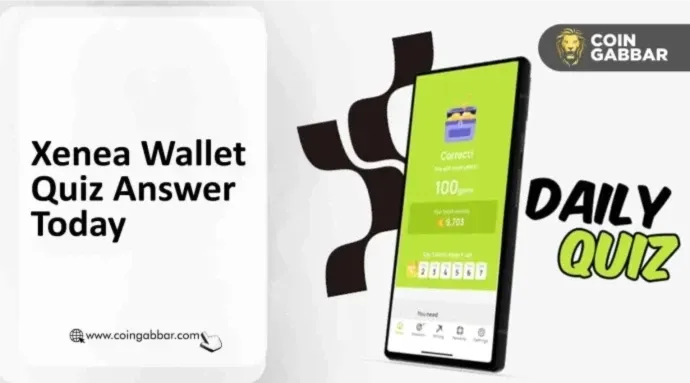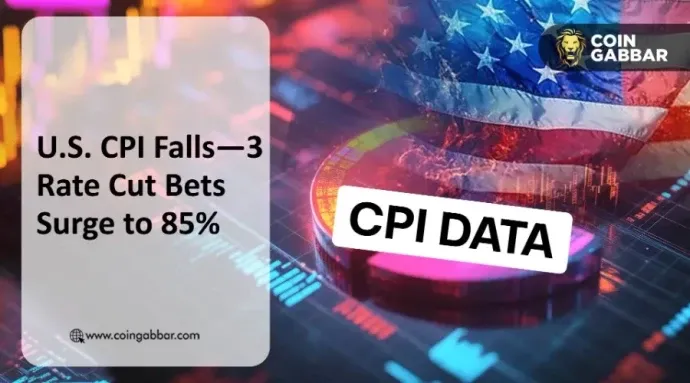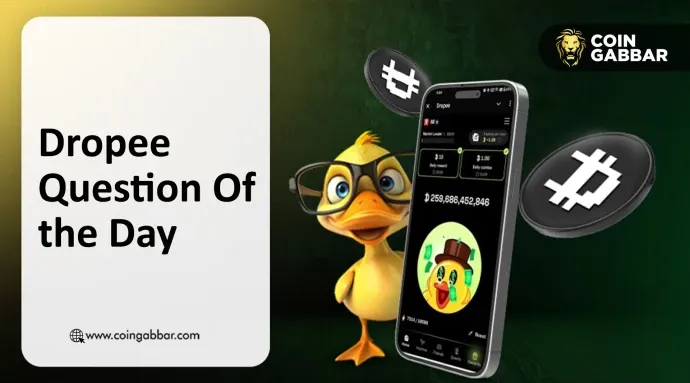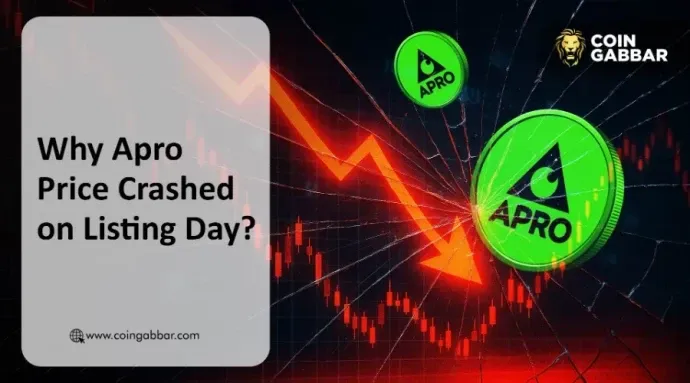Liquidity is now a joke
Written by: jawor
Translated by: AididiaoJP, Foresight News
When people face too many choices, they actually end up with fewer. In a famous study, a table with 24 types of jam attracted a large crowd, but almost no one made a purchase. What happened when the choices were reduced to six? Sales skyrocketed.
A complex paradox.
Now apply this paradox to cryptocurrency. We have over 20,000 listed tokens, and if we count all the experiments, rug pulls, memes, and abandoned sidechains, the total could reach fifty million. It’s insane; the casino is not only open but is infinite. Infinite tables, infinite tokens, infinite consumption of resources.
And the result? No one knows what to bet on anymore.
Retail investors have no chance; the wallet user experience is a minefield. You bridge across chains, pay fees, forget to revoke authorizations, and end up holding ten dead tokens. Most new users leave within 90 days. It’s brutal, but not surprising. We’ve deliberately made this difficult, not to protect value, but to chase it.
The deeper issue is that cryptocurrency no longer feels sincere. We talk about decentralization and financial freedom, but every week there’s a new Trump coin, a new insider pump, another "influencer-led" rug pull. All of this happens while liquidity fragments, narratives eat each other, and attention becomes increasingly scarce.
This is not the market maturing; it’s an increase in chaotic entropy.
Liquidity is now a joke
Even when capital flows in, it no longer drives the market like it used to. Why? Because funds are dispersed across thousands of tokens. Everyone wants a "altcoin season," but there’s no room left. Trying to inflate 1,000 balloons in one breath is clearly impossible.
Take Axiom as an example; it has amazing technology, but it hasn’t created new liquidity; it just siphons off user capital without reinjecting it into the market. Or look at those diluted supplies that only appear on the books when insiders decide to sell.
We are building liquidity black holes, not flywheels.
When the rate at which the pool is drained exceeds the rate at which it is filled, you get not just price stagnation but market manipulation.
Manipulation becomes cheap. Time-weighted average price games, oracle exploits, fake trading volumes—easy as pie. Governance becomes a joke. Voter turnout declines, giant whales scoop everything up, and witch attackers farm with 30 wallets without anyone noticing.
This is not just a user problem; builders feel it too.
Teams burn millions of dollars launching the "next layer one network" without product-market fit. Projects chase the same original concepts, just slightly different. Composability is broken because everyone is optimizing for token value rather than protocol stability. Variable infrastructure stifles innovation.
The foundational DeFi primitives used to be immutable, things that other builders could rely on. Now most protocols are upgradable, prioritizing short-term revenue over reliability.
This creates a chain reaction:
Builders cannot safely build on the infrastructure
Liquidity becomes isolated
Protocols turn into isolated territories
We’ve broken the money Lego set, and now we’re playing with loose bricks.
This is unsustainable
Most of these tokens shouldn’t exist. But in the cryptocurrency space, permissionless = inevitable. Anyone can launch anything. You can’t stop it.
But maybe we can shape the environment.
Centralized exchanges still act like value-neutral platforms. They delist tokens when trading volume dries up, rather than when teams disappear or ecosystems rot, and that needs to change. Initiatives like @blockworksres's token transparency framework are a start, but imagine if there were multiple token rating agencies, and their average scores could influence centralized exchanges' listing/delisting decisions.
This is not censorship; it’s curation, and it’s urgently needed.
Venture capital money is drying up, and mid-tier projects can no longer easily secure funding rounds. M&A volume hit a record in Q2 2025. Coinbase acquired Deribit and Echo. Stripe acquired Bridge. We’re talking about billions of dollars in deals. Why? Because there are too many moving parts in this space and too little utility.
That’s not noise; that’s consolidation.
Too many projects chasing the same idea? They get absorbed.
Too many tokens diluting the narrative? They get eliminated.
Too many chains lacking appeal? They shut down.
Less noise, more signal.
Let’s build something worth believing in
Cryptocurrency needs to regain belief—not memes, not hope, not another locked token presale with a $300 million fully diluted valuation.
Belief doesn’t come from more; it comes from clarity, from a smaller, truly effective surface area. From protocols that care more about the product than the pump.
But we can build filters, not firewalls.
We can:
Require token issuers to increase transparency
Push exchanges to delist tokens based on integrity rather than revenue
Create incentives for protocols to become composable again
Reward builders who release real products, not just narratives
Favor fewer, higher-confidence bets over infinite "recycling"
The future is not about launching the next altcoin casino; it’s about creating systems that people can trust and are willing to stay with for more than 90 days.
A bull market will come again; it always does.
But next time, let’s not waste it on another thirty million tokens that no one needs.
免责声明:本文章仅代表作者个人观点,不代表本平台的立场和观点。本文章仅供信息分享,不构成对任何人的任何投资建议。用户与作者之间的任何争议,与本平台无关。如网页中刊载的文章或图片涉及侵权,请提供相关的权利证明和身份证明发送邮件到support@aicoin.com,本平台相关工作人员将会进行核查。




